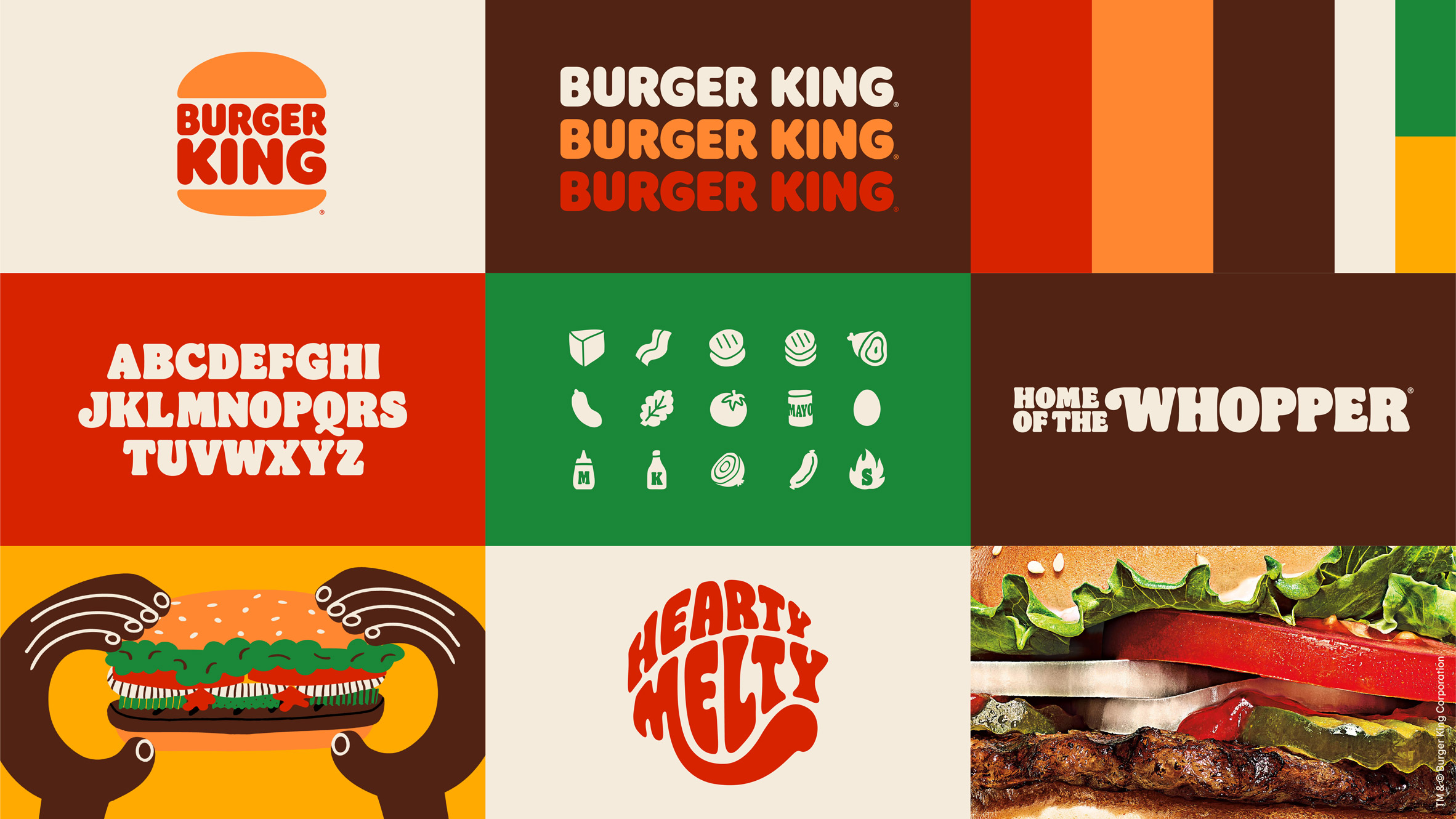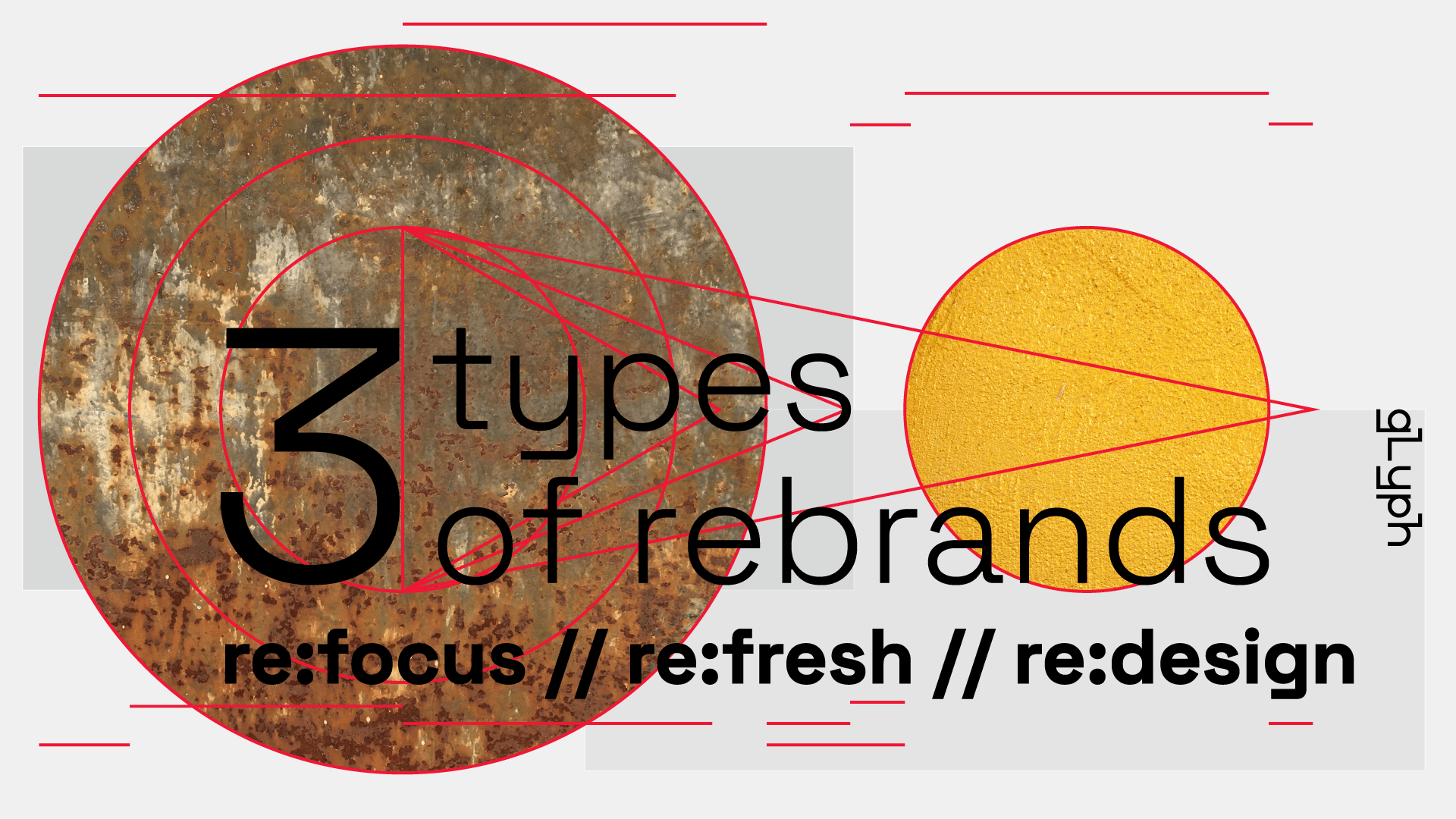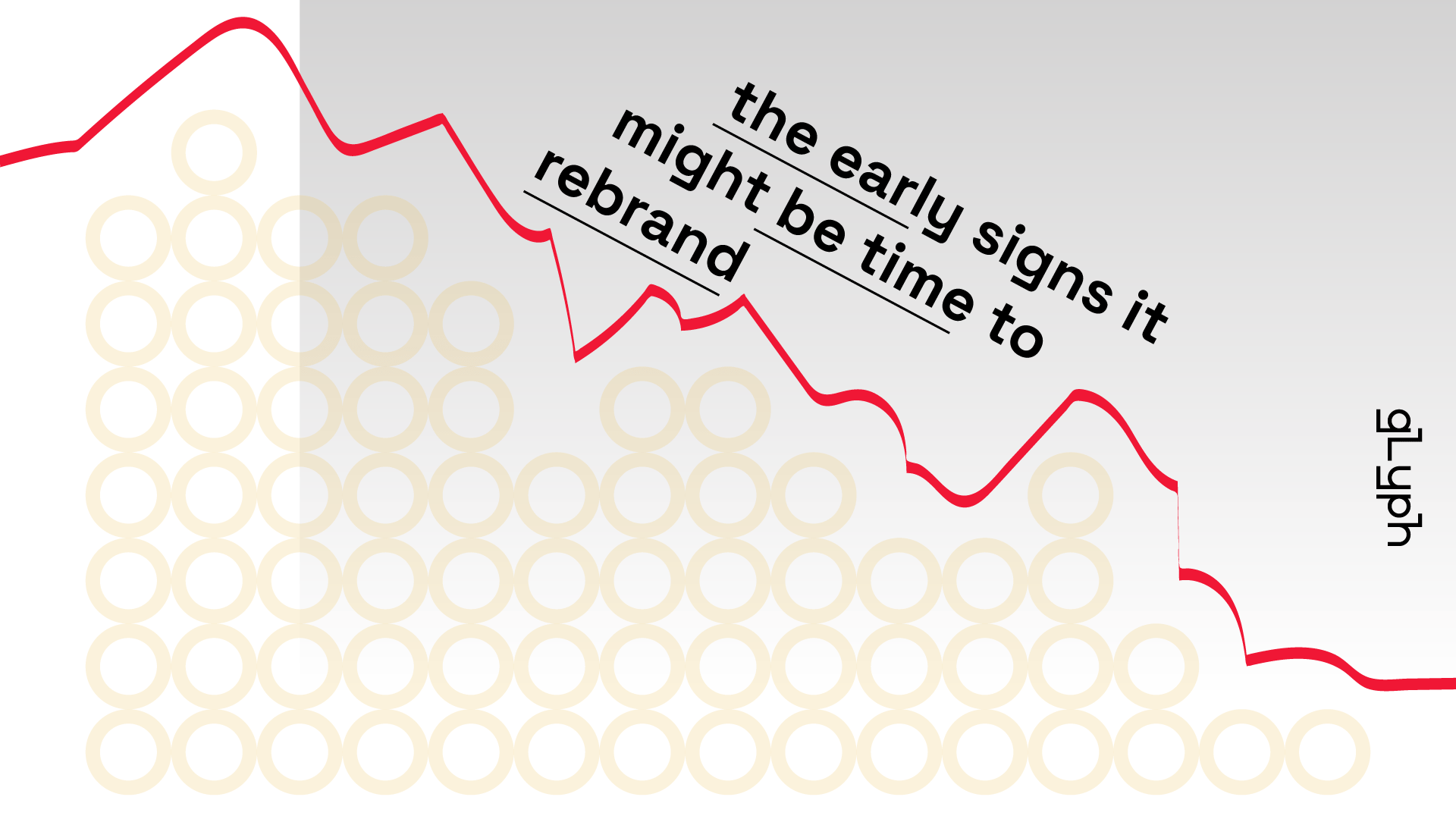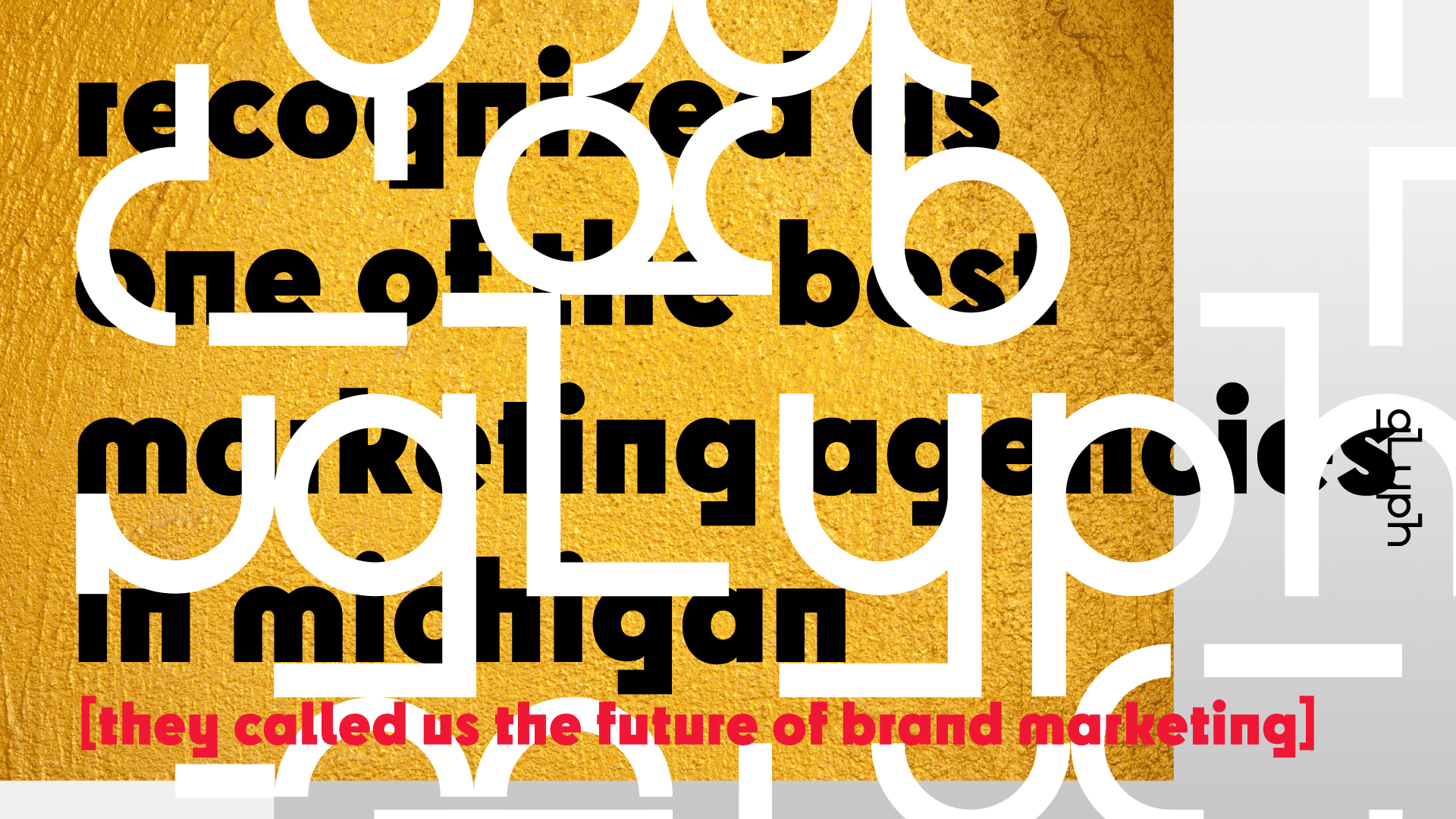Branding is a complex process for a good reason. It the ultimate method of communicating the relationship you have with the market. And when that relationship changes, so must your positioning.
More specifically, branding is a way for two points to align: a strong emotional connection between a brand and their customers.
When those elements; customers and company, fall out of alignment, the potential for the brand to be significant and memorable also drops. If you are constantly losing clients you know you could've been the best solution for, it might be time to consider to reposition your brand.
The goal of brand positioning is to create a favorable direction for well, the brand. This includes balancing significant, transformational factors such as differentiation from competitors, messaging clarity for customers, and a unique visual identity for a product or service that stays in the minds of consumers.
Changing your position is one of the most misunderstood and underutilized strategy for competitive growth. In fact, a study by McKinsey & Company found that B2B companies with strong brands outperform weak ones by 20 percent.
What does a rebrand entail? How far into strategy should you go? Can you just change a few elements to increase relevancy? Let’s discuss.
Overview
What are the catalysts behind a rebrand?
A rebrand is a major undertaking for any business, and it's not a decision that should be lightly.
Most companies consider rebranding once every 7 to 10 years to constantly elevate their strategy. We often see minor updates to visual identity being spaced out to adapt to trends both in print and online. In fact, 74% of the S&P 100 companies have rebranded their business in the first seven years.
As we always say, no transformation happens without a catalyst. There are many factors that can go into the decision to rebrand. Besides changing the visual identity, significant reasons to rebrand include repositioning the brand in the market (45%), reflecting a change in target audience (41%), and addressing negative brand perceptions (26%).
There are dozens of reasons. However, the common theme amongst all reasons is to effectively communicate a new strategy. The top reasons we reposition brands are:
Loss of Market Control
If a company's sales are declining, a rebrand can be a way to revitalize the brand and attract new customers. This is often the case when a company's products or services are nolonger meeting the needs of its target market.
For example, in 2021, Burger King announced that it would be rebranding its restaurants in the US. The rebrand included a new nostalgic logo, new typography, completely updated visual identity, a new menu, and a new focus on fresh ingredients.
Limited Growth Capability
We like to talk about what separates leading organizations from ones that grow much more slowly. We think that competitive organizations know that their business is based on customers, and it’s an investment to stay relevant and in alignment with them.
Over the years, a natural drift forms between a brand and it’s customers. The bigger that drift, the smaller your ability becomes to grow your business dramatically.
Changes In The Marketplace
The marketplace is constantly changing, and businesses need to be able to adapt in order to stay competitive. A rebrand can be a way to reposition a business in the marketplace and appeal to new customers.
For example, if a company's target market has shifted, or if new competitors have entered the market, a rebrand can help the company to stay relevant.
New Leadership
When a new CEO or other senior leader takes over a company, they may want to put their own stamp on the business. A rebrand can be a way to signal a new direction for the company and to communicate the new leader's vision.
For example, when Marissa Mayer took over as CEO of Yahoo! in 2012, she oversaw a major rebrand that included a new logo, a new website, and a new focus on mobile products.
Mergers And Acquisitions
When two companies merge or one company acquires another, the new entity may need to rebrand in order to create a unified identity. This is especially important if the two companies have different target markets or brand identities.
For example, when Kraft Foods merged with Cadbury in 2010, the new company was renamed Mondelez International. The new name was chosen to reflect the company's global reach and its focus on snacks and confectionery.
Negative Publicity
If a company has been in the news for the wrong reasons, a rebrand can be a way to distance itself from the past and start fresh. This is often the case when a company has been involved in a scandal or a product recall. While not common, it’s seen more in global entities that have different brand ownership structures with multiple companies under a single name.
For example, in 2015, Volkswagen was caught cheating on emissions tests between different countries. The company subsequently rebranded its US operations as Voltswagen in an attempt to distance itself from the scandal.
A rebrand can be a powerful tool for businesses that are looking to make a change. However, it is important to carefully consider all of the factors involved before making the decision to rebrand.

Here are a few examples of businesses that have rebranded with major success:
Apple. In 1997, Apple was on the brink of bankruptcy. The company's products were outdated and its brand was seen as uncool. When Steve Jobs returned to Apple, he made the decision to rebrand the company.
The new Apple logo was sleek and modern, and the company's products were redesigned to be more user-friendly. The rebrand was a success, and Apple is now one of the most valuable companies in the world.
Starbucks. In the early 2000s, Starbucks was facing declining sales. The company's brand was seen as too corporate and impersonal. In order to revitalize the brand, Starbucks decided to rebrand. The new Starbucks logo was simpler and more modern, and the company'sstores were redesigned to be more inviting.
The rebrand was a success, and Starbucks is now one of the most popular coffee chains in the world.
Domino's Pizza. In 2009, Domino's Pizza was facing declining sales. The company's pizza was seen as low quality and its brand was seen as outdated. In order to revitalize the brand, Domino's decided to rebrand.
Burger King. In 2021, Burger King launched a comprehensive rebrand to kickstart a new direction. Their core rival, McDonald's has introduced a series of simplified designs across their restaurants and packaging and it's fair to assume they were feeling the pressure.
The new brand identity featured a rollback to a nostalgic logo from the 90s with a custom font, revisited color palette, new signage, and uniforms. The new design is a top-to-bottom effort to attract new customers to their food.
The 3 Types of rebrand
There are three main types of rebranding our team at GLYPH have landed on. They are organized on the level of intensity and final result they are intended to create: a Brand Refresh, a Brand Refocus, and a full Brand Redesign.
A survey organized by VistaPrint found that 60% of consumers avoid companies with weird or unappealing logo designs, even if they have good reviews. This just shows how powerful a new visual brand and strategy can be for your future.
Furthermore, it's been found that strongly detailed and consistent brands have 20% revenue. Millward Brown has conducted a study and found that strong brands have 3x the sales volume of weak brands.
While each level of rebrands are united by their intense focus on strategy in the starting stage, they are pursued for different reasons and have varying levels of accomplishments associated. A Brand ReFocus might utilize strategy heavily to shift much of the competitive positioning to open itself to a refined audience without changing its core look.
On the opposite spectrum, a Brand ReDesign employs the same starting tactics with the intent to reveal an entirely new look associated with its renewed business direction.
Here are the 3 types of rebrands that our team has outlined:
1. brand refocus
A Brand Refocus can have a monumental impact on the Brand itself without intending to change most of the existing visual assets. In most cases, we see brands that have launched recently and need this to flip the switch from “startup mode” or a family-owned company seeing some new growth.
Here, they aim to lock in new growth by defining loose elements and locking down potential for the future. We start by developing consistent tactics and structures to the company in terms of audience identification, competitive advantages, market differentiation, shaping their core offerings, and applying this strategy into their brand and brand marketing.
This is commonly utilized where the strategy itself has drifted far enough out of alignment from what the visual and verbal branding was intended to encompass. Investing in a Brand Refocus helps dramatically align the Brand by defining fundamental positioning strategies and growth systems.
As a tangible result, a Brand Refocus commonly assesses and engineers new communication standards in marketing materials and advertising campaigns.
Often, the logo and some of the other Brand’s identity systems are left unchanged during this subtle refocus. If the logo does change, we aim to “evolve” the visual identity, where the logo is tightened with refreshed fonts and colors without deviating from the core concept.
2. brand refresh
Brand Refreshes are intended to dramatically shift your mission focus between the existence of the brand and its relationship to the market. New market positioning strategies often make the company rethink its place in a busy market place by going after a highly defensible and dominant slice of the entire market.
A change of this magnitude means that customers that haven’t been thought of recently, competition that isn’t being acknowledged, and the delivery of advantages to their core services/products - are being talked about, defined, and put as an objective.
Alignment is the goal here, and therefore, most of the visual assets and the logo will go through a progression change in iteration. It’s important to acknowledge that this is much less intensive than a full Brand ReDesign, but still uses the same strategic approach as all rebrands to pivot essential elements to create the desired effect.
While a Brand ReFocus is usually seen to react against a market change, it’s common to see organizations aim for a Brand Refresh as a proactive approach to plan for launching new products or services, or to update core materials in response to growth challenges.
This is commonly used to update an older Brand where the visual systems are unchanged for a period of time and match large shifts in the market like new territory expansions or product/service launches.
A Brand Refresh is especially powerful for a highly visible Brand or a scaling startup going through its first major expansion.
3. brand redesign
A full Redesign is breaking your Brand down and forging it back together from the foundation - and often creating the foundation anew in the process. Maybe you are expanding your market into another industry, or maybe there was a huge change in management, or a merger with another organization.
If the brand changes this dramatically, it’s because their ability to expand beyond a certain sphere is so limited, it needs a complete shakeup.
A full Redesign is a massive, and highly intensive undertaking that provides a lot of advantages while also posing several threats to the existing business that must be managed carefully. If done well, it can dramatically pivot a business, it's product/services, and even it's business model for massive success. It takes careful planning with no shortage of investigations, audits, testing, and definition before executing.
A Brand ReDesign is a complete overhaul of a company's image or identity. It generally features top-to-bottom strategic changes to the entire business approach, products/services, market, and more. This means that the logo, tagline, overall look and feel, communication, marketing, website, social strategy, marketing - even the company name itself - are subject to change.
A comprehensive rebrand is a major undertaking that requires careful planning and execution. It is important to have a clear understanding of the company's goals for the rebrand and to communicate those goals to all stakeholders. The rebrand should be launched in tandem with a newly engineered strategy and must be supported by a strong marketing campaign.
The Brand Redesign is most commonly approached when you are experiencing an operational disconnect with your target market and are prevented from reaching the goals of your organization.
Next Steps
No matter what the catalyst, a rebrand is a major undertaking that should not be taken lightly. It is important to carefully consider the ultimate goal and what the transformation looks like 1, 2, even 5 years down the road. involved before making the decision to rebrand.
If you are considering rebranding your business, here are a few things to keep in mind:
- Think about scenario-planning. It's not enough to have a perfect plan to get disrupted by changing market trends. What are your competitors doing? What are the latest trends in your industry? How will the market change over time?
- Research insight from every source possible. What do your customers think of your current brand? What input do your own employees have to see changed?
- Hire a professional branding agency. You are building more than a logo here, you are building the relationship with your market. An artist might be able to sketch the concept for a new car, but it's a fleet of engineers and scientists that put that car past the finish line.
A rebrand can be a powerful tool for businesses that are looking to make a change. However, it is important to carefully consider all of the factors involved before making the decision to rebrand.
It’s important to remember: brands have a shelf life. The more closely you manage the expectations of customers and guide their perceptions, the more customers you will win. But after enough time, almost every organization will have to factor a rebrand into their growth initiatives.
But by following these tips, you can create a brand that will outcompete other brands and net you more wins by staying on the court longer.
GLYPH is an internationally-recognized brand strategy consultancy and branding and marketing agency. Our team has been at the forefront of innovating brand strategies and have frequently been rated as one one of the best branding agencies in Michigan.
Is a rebrand on your horizon? Curious how much more competitive your business could be after implementing a new postioning strategy? Grab a cup of coffee with us (in person or virtually) and let's talk about your goals.


